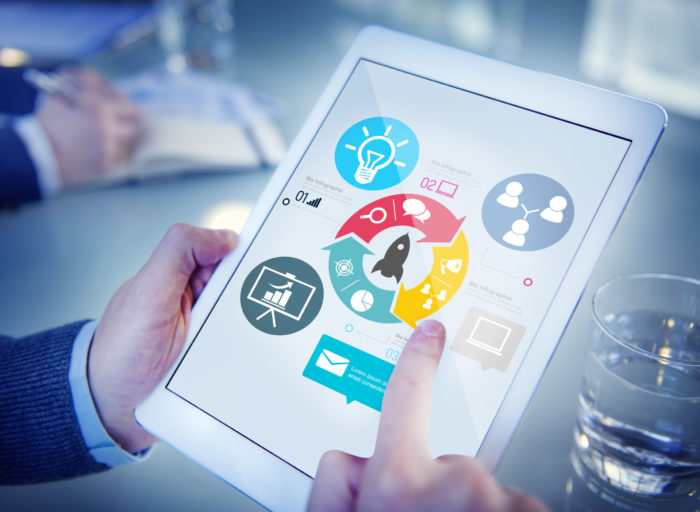Citi’s people form the cornerstone of its L&D approach

For any organisation, the continuous journey of learning is key in developing the capabilities, skills and competencies of its workforce. When employees are working from home (WFH) however, how can companies maintain the efficacy of their learning strategies?
Describing learning as an “anchor point” during the COVID-19 pandemic, Aditi Mahadevan, Asia-Pacific Head of Talent, Learning and Diversity, Citi, shared with HRM Asia, “We understood that as people were transitioning to remote working, there was increased anxiety around being able to learn quickly and effectively in order to thrive.
“Learning continues to be a key focus for Citi during COVID-19, and our entire 2020 learning strategy pivoted towards a focus on listening, learning, providing access and offering strategy.”
For a start, Citi employees were encouraged to share experiences and tips on WFH, as well as best practices to manage the challenges they were facing. Virtual programmes were then designed to address these challenges, while resource kits provided advice on managing specific challenges, and encouraged learning around relevant topics.
“As we look to a ‘new normal’, we are now re-imagining many of our flagship learning and development programmes and how these might be adapted,” said Mahadevan.
The transition to a virtual learning environment
With the vast majority of the workforce essentially absent from physical offices, it is hardly surprisingly that learning is increasingly taking place in virtual settings.
This, however, is hardly a new trend, as Mahadevan explained, “Virtual learning has already shifted significantly in the last three to five years and this shift is now accelerating.
“Through robust and flexible learning, employees have been able to learn more effectively during remote working as they manage their days according to what suits them best.”
She highlighted how Citi’s Learning and Development (L&D) solutions are designed to meet the personal and professional needs of their workforce, enabling employees to acquire new capabilities that commensurate with key business outcomes.
In response to COVID-19, the leveraging of digital tools and platforms has accelerated, leading to Citi migrating the majority of their programmes to online platforms, where they are re-packaged for virtual delivery.
One learning platform that 75% of Citi’s global workforce uses is Degreed, which incorporates AI elements to recommend courses depending on a learner’s usage patterns, participation and indicated areas of interest.
Citi also enables asynchronous learning, which Mahadevan described as “particularly valuable” in a remote learning environment, where one platform facilitates host learning via video, breakout rooms and chats.
She added, “The key objective in the selection of our learning platforms is to focus on the learning experience and how learners can engage with each other, as well as with the content presented.”

Citi’s L&D approach will always be shaped by their people
Whether remote working is here to stay or not, the cornerstone of Citi’s L&D approach will continue to be about enabling their people to learn in a manner that suits them best, Mahadevan emphasised.
Reporting how Citi employees have readily adopted new and interactive learning platforms, she added, “We have in place a variety of learning platforms, including micro learning, learning labs, virtual programmes, as well as more traditional learning programmes.
“Remote working has shown us that digital platforms can be as effective as classroom learning, and is further encouraging us to re-think our approach towards L&D across ideas, concepts and delivery.”
And as the landscape continues to change because of factors such as COVID-19, Mahadevan advised companies and their employees alike to adopt a growth mindset as they focus on personal and professional growth.
For instance, employees can take advantage of the flexibility afforded by remote working to demonstrate their value in the absence of restrictions such as location and time zones.
She elaborated, “To be effective, employees need to be able to translate their skills into a virtual environment. The way they collaborate internally, engage with clients and present ideas has changed. Norms no longer apply and there is a need to be more agile, adaptable and resilient.”
Pushing for diversity and inclusion in Asia-Pacific
In Asia-Pacific, Citi’s dedication to L&D is as strong as it is in any other region. Strengthening this commitment however, is a specific focus on diversity and inclusion, particularly when it comes to empowering women in the workplace.
To reduce the raw pay gap (defined by Citi as the difference in median total compensation without adjustments for factors including job function, level and geography) as well as narrow the gap in female leadership, Citi has committed to increase the representation of women at the Assistant Vice-President through to Managing Director levels to at least 40% globally by the end of 2021.
Mahadevan explained, “We take this commitment seriously, making sure that we identify and offer the right opportunities to key female talent in Asia-Pacific through their participation in development programmes, including women-specific development programmes both in the region and globally.
“Incorporating an understanding of our diversity and inclusion focus in also paramount to making it a central part of our culture. Across the region, we have 26 affinity networks including Women, Pride, Generations, and Families Matters networks. Our senior leaders chair these affinity groups and are accountable for creating an inclusive environment.”
The focus across these networks, she shared, is to drive awareness and formalise programmes where relevant, and allow employees to have the opportunity to be part of both formal and informal networks.
This, Citi hopes, will allow employees to interact and connect with others, network, gain career support, learn about and further their areas of interest and involvement, as well as drive progress.
“We are working to continue to increase diversity by focusing on targeted recruitment, development and retention, and improved promotional paths and processes,” Mahadevan concluded.



